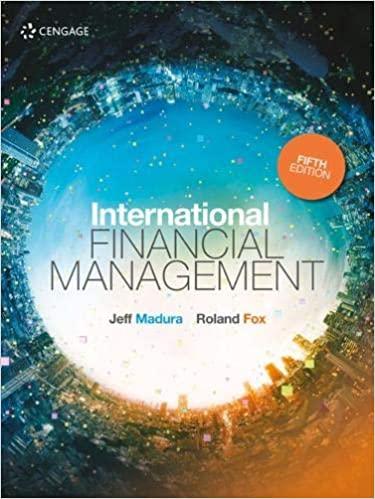Jeff would like to set up an escrow account that produces an after-tax annual return of 4% to make a cash purchase towards a $40,000 car in five years. How much should they save per month to accomplish this goal?
Jeffs IRA balance at the beginning of last year was $178,880, after he made his annual contribution. What is Jeffs return on investment rounded to the nearest percent?
| | Not enough information to solve |
Jeff and Sharon gave Jarrod, their oldest son, a loan to purchase a car for $12,000 three years ago. They agreed to an interest rate of 6.5% and monthly payment of $250. What is the balance of the loan today?
Jeff and Sharon bought 200 shares of growth stock at $55 per share in their taxable account. Today the stock is worth $28,165 with an average annual after tax return of 7.5%. How many years have they owned the stock?
Jeff and Sharon are beginning to teach Susan the value of saving a portion of her money from a part-time job. If she saved $100 today at an interest rate of 8%, compounded semi-annually, how many years would it take her to double her money?
Brett is starting college this year and Jeff and Sharon need to withdraw $10,000 from their education savings at the beginning of each year to pay tuition and books for the next four years. They expect to earn 11% compounded annually on their education savings. What will be the value of the account when Brett graduates in four years?
Sharons parents bought the kids a total of 100 shares of aggressive growth stock three years ago at $40 per share. The current value of the stock is $30. The following dividends have been paid on the stock at the end of the year:
Year 1 $3.45 Year 2 $4.25 Year 3 $5.75
What is the internal rate of return (IRR) earned on this investment?
Rather then paying rent, Jeff and Sharon want to purchase, with cash, a $95,000 town home for their son Brett to live in while attending college. They expect the home to increase in value at a rate of 5% annually. The opportunity cost for the cash purchase is 7% (discount rate). They believe Brett can find roommates to pay rent toward the purchase that will produce the following net after-tax cash flows:
Year 1 $300 Year 2 $300 Year 3 $400 Year 4 $500
What will the value of the home be if sold at the end of the fourth year?
Rather then paying rent, Jeff and Sharon want to purchase, with cash, a $95,000 town home for their son Brett to live in while attending college. They expect the home to increase in value at a rate of 5% annually. The opportunity cost for the cash purchase is 7% (discount rate). They believe Brett can find roommates to pay rent toward the purchase that will produce the following net after-tax cash flows:
Year 1 $300 Year 2 $300 Year 3 $400 Year 4 $500
What is the NPV of the investment at the end of the fourth year?
Rather then paying rent, Jeff and Sharon want to purchase, with cash, a $95,000 town home for their son Brett to live in while attending college. They expect the home to increase in value at a rate of 5% annually. The opportunity cost for the cash purchase is 7% (discount rate). They believe Brett can find roommates to pay rent toward the purchase that will produce the following net after-tax cash flows:
Year 1 $300 Year 2 $300 Year 3 $400 Year 4 $500
Is this a good investment for Jeff and Sharon from a purely financial standpoint?
| | Yes, because the NPV implies that the rate of return on future cash flows is greater then the opportunity cost used to discount future cash flows |
| | No, because the NPV implies that the rate of return on future cash flows is less then the opportunity cost used to discount future cash flows |






